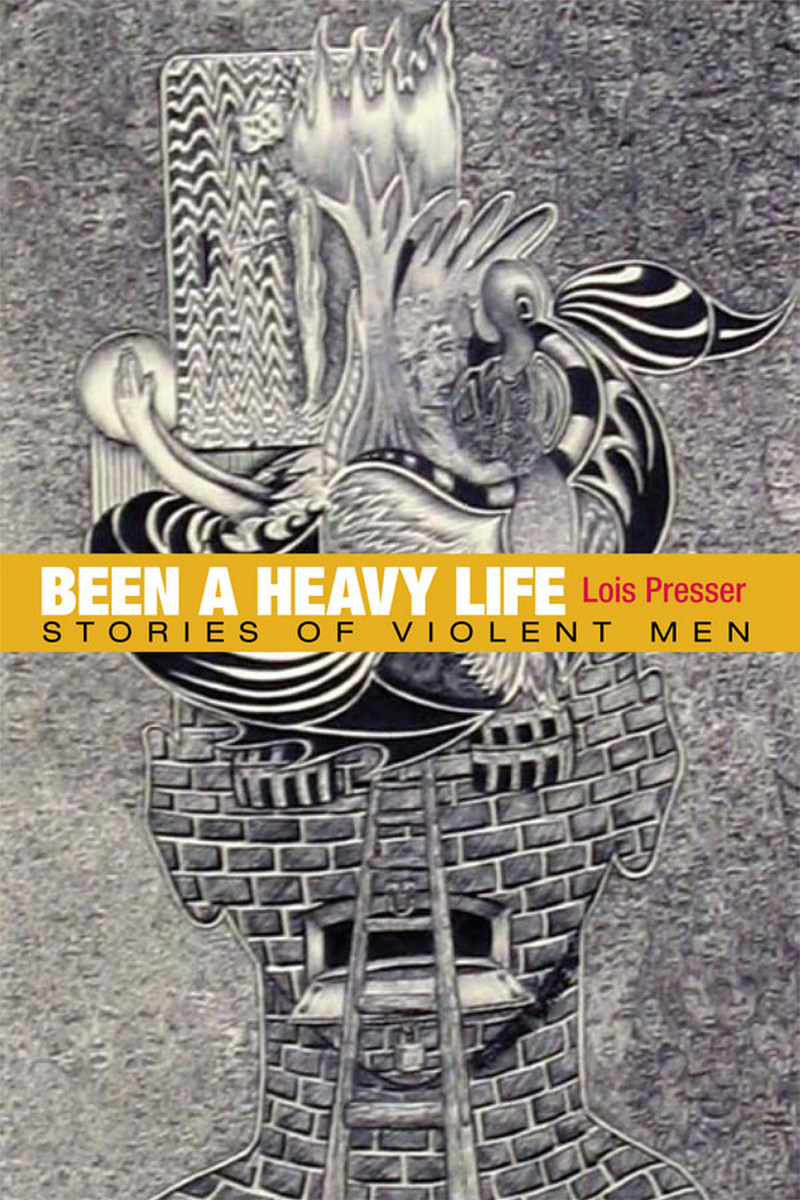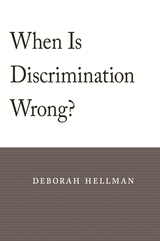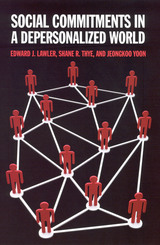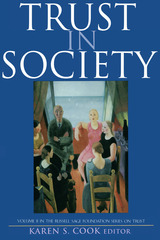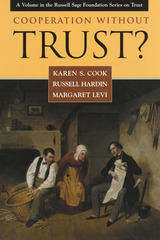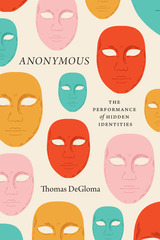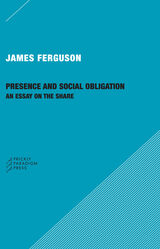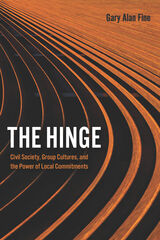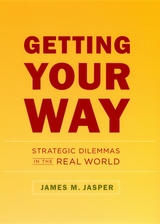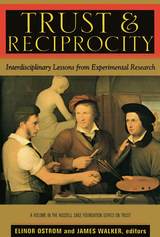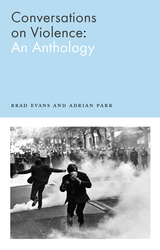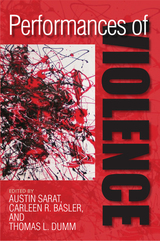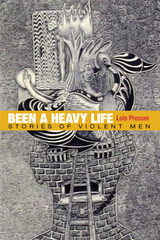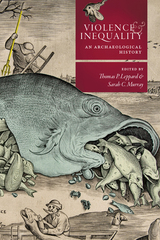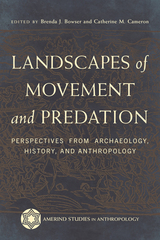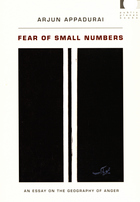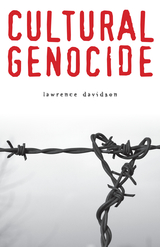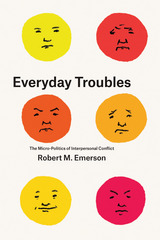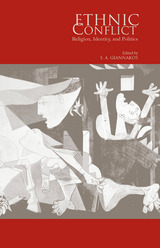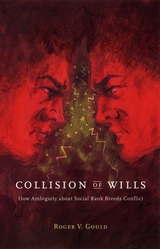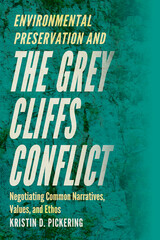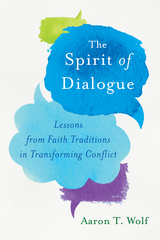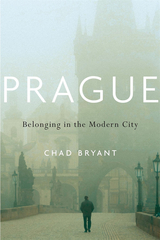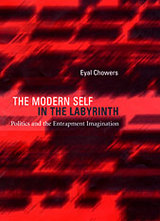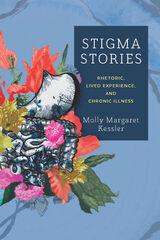Been a Heavy Life: Stories of Violent Men
by Lois Presser
University of Illinois Press, 2007
Paper: 978-0-252-07558-2 | eISBN: 978-0-252-09218-3 | Cloth: 978-0-252-03358-2
Library of Congress Classification HM1116.P73 2008
Dewey Decimal Classification 305.38962
Paper: 978-0-252-07558-2 | eISBN: 978-0-252-09218-3 | Cloth: 978-0-252-03358-2
Library of Congress Classification HM1116.P73 2008
Dewey Decimal Classification 305.38962
ABOUT THIS BOOK | AUTHOR BIOGRAPHY | REVIEWS | TOC
ABOUT THIS BOOK
In this groundbreaking work, Lois Presser investigates the life stories of men who have perpetrated violence. She applies insights from across the academy to in-depth interviews with men who shared their accounts of how they became the people we most fear--those who rape, murder, assault, and rob, often repeatedly. Been a Heavy Life provides the discipline of criminology with two crucial frameworks: one for critically evaluating the construction of offenders’ own stories, and one for grasping the cultural meta-narratives that legitimize violence. For social scientists generally, this book offers a vivid demonstration of just how dynamic and contingent self-narratives are.
AUTHOR BIOGRAPHY
Lois Presser is an associate professor of sociology at the University of Tennessee, Knoxville.
REVIEWS
“Interviews of 27 men convicted of violent crime . . . presented in the context of a mass imprisonment binge, illustrate individual struggles and broader issues related to the politics of criminalization and criminal justice. . . . Highly recommended.”--Choice
“A must-read for anyone interested in critical criminology, violent offending, or qualitative methods. . . . Presser provides a unique and fresh new perspective into cultural narratives that legitimate violence.”--Critical Criminology
TABLE OF CONTENTS
Contents Foreword by Bruce A. Arrigo Acknowledgements 1. Self and Story 2. Offender Identities, Offender Narratives 3. Thinking about Research Effects 4. Research Methods When Research Is Being Researched 5. Reform Narratives: Return of the Good Self 6. Stability Narratives: Never a Bad Self 7. Elastic Narratives: Creative Integration 8. Tales of Heroic Struggle 9. The Situated Construction of Narratives 10. The Power of Stories Notes References Index 5 Acknowledgements A great many people made this book possible. My helpers are dear friends and teachers: Deidre Ashton, Julia Chu, Todd Clear, Marilyn Croman, Reuben Danzing, Rob Danzig, Russel Durst, Eric Fieldman, Bernadette Fiore, Emily Gaarder, Elaine Gunnison, Cyndi Hamilton, Brooke Judkins, David Lundgren, Bernice Mahler, Shadd Maruna, Paul Mazerolle, Kumiko Mitarai, Judy Montville, Caroline Nicholl, Sharyn Roach Anleu, Michelle Rosen, Joyce Sacco, Suhith Wickrema, and Anthony Zitrin. They include my financial supporter, the Office of Research and Advanced Studies at the University of Cincinnati, and my intellectual comrades in the Department of Sociology at the University of Tennessee. Joey Presser was a constant source of encouragement and sometime emergency assistance. Ami, Laura Retyi-Gazda, my friends in Frontrunners of Cincinnati, and my allies in the March for Justice of Cincinnati, made life in Cincinnati worthwhile. Administrators and staff of four different agencies generously allowed my work to interfere with theirs. Thanks to Ed Latessa for his kindness. Thanks to Pat Van Voorhis, John Wooldredge, and Frank Cullen for modeling integrity and excellence in research. Thanks to Lorraine Mazerolle for her boundless intellectual curiosity and insight. Thanks to Robert McConaughy for his empathy and wisdom about all things. I am especially grateful to my three parents, who live in my heart. My father Alex Presser, my natural mother Hilda Winnick Presser, and my adoptive mother Helen Presser valued people and education and influenced me to do the same. Finally, the book stands on the stories of 27 men, for whom I wish peace. 6 Been a Heavy Life 7 Foreword Bruce A. Arrigo Ethnographic studies of "dangerous men" have generally taken us behind bars. Erving Goffman's (1961) arresting critique of the confinement setting as a generative milieu for the exercise of power helped to spawn a series of monograph-length works recounting life, death, and survival behind prison walls (e.g., Clemmer, 1958; Toch, 1977; Jacobs, 1978; Sykes, 1971). A second wave of penological analysis, still concerned with "everyday experience" behind bars, challenged the correctional system as an extension of the state's regulatory ambit. For example, Irwin's (1970, 1985) studies of the felon and the jail respectively ushered in a new era of incisive commentary. Crime control as industry was understood to function as a gulag (Christie, 1993), and the American corrections project generally was recognized as one of doing harm (Clear, 1994). More recent studies have continued the "insider" tradition of penological inquiry. To illustrate, investigations documenting the life of confined convicts (e.g., Hassine, 2007; Santos, 2006) form part of what now is termed "convict criminology" (Ross & Richards, 2002), in which the full effects of society's mass imprisonment binge are made abundantly clear (Garland, 2004). Among other things, we have sacrificed racial minorities (Mauer, 2006), women (Bloom, Owen, & Covington, 2003), the mentally disabled (Haney, 2006), juveniles (Bortner & Williams, 1997), families (Mauer & Chesney-Lind, 2003) and even economically depressed neighborhoods (Clear, 2007) at the altar of a politically ensconced corrections agenda. The harm that offenders did or might do in the future remains the official but widely accepted justification for mass incapacitation. Its flaws are forgiven so long as offenders cannot or do not "make good" (Maruna, 2001). Cynically or not, we expect offenders to reclaim their lives, and they strive to do the same. Theirs is perhaps the more complex effort, for it includes resisting the terms in which `reclaiming one's life' have been circumscribed (Bosworth, 1999). Resistance takes place behind but also, significantly, beyond metal bars and electronic fences--in stories and vocabularies for storying personhood, manhood, harm, violence. It is at this juncture that we confront the brilliant new volume, Been a heavy life: Understanding stories of violent men, authored by Lo Presser. As the author herself notes, it is not enough to document the stories of convicts. We must understand how these stories are assembled in the social and institutional world, to grasp both the offenders' struggles and the operation of the political economy of criminalisation and criminal justice. We must recognize the socially mediated construction of personhood--of who the "convict" is--through a methodology that builds on the insights of labeling theory (e.g., Becker, 1962; Lemert, 1967), symbolic interactionism (Cooley, 1902; Mead, 1934; see also Blumer, 1969; Stryker, 1980), neutralization studies (e.g., Maruna & Copes, 2005), and discourse analysis (Arrigo, Milovanovic, & Schehr, 2005; Holstein & Gubrium, 2000). This is 8 an approach that stresses the value of reflexivity (Bourdieu & Wacquant, 1992) and the co-production of historically specific meanings (Henry & Milovanovic, 1996). In her thoughtfully researched, skillfully interpreted, and thoroughly engaging study, Lo Presser gives us this much needed view of the violent offender's narrated, situated identity. Embedded in these narratives are statements about the possibility of being a good self. Perhaps most illuminating is the discussion of the reformist tale (chapter 5 and the "good" self), the stability account (chapter 6 and the never "bad" self), the elastic narrative (chapter 7 and selfhood as "creative integration"), and the heroic story (chapter 8 and internal and external morality struggles). Each of these analytic descriptions provides considerable breadth and depth to the theoretical and methodological foundations of this book. Presser understands that narrative is inevitably influenced by others, including by the researcher. It is tied to narration, hence context. And, in this respect, perhaps her work is consistent with the somewhat auto- ethnographic accounts of Liebow (1967), Griffin (1960), and Rhodes (2004). To be clear, this orientation only magnifies the texturing of Presser's inquiry and the eloquence of her insights. In the final chapter of Been a heavy life, the author revisits her persuasive thesis that "violent men" are ever under construction, discursively and practically--by those men who do violence and by those who profit from their control. Given the power of (belief in) narrative, heroic stories in which prospects for change and possibilities of redemption are seeded in the struggle to overcome (Nietzsche, 1968), may be criminogenic. But how shall we characterize the struggle to remain human, all too human, despite marginalizing and alienating characterizations, if not in heroic terms (Nietzsche, 2006)? In the realm of penology--especially behind the walls of silence that contain and engulf the offender's structures of suffering-- humanity requires sound policy, sensible practice, and steadfast activism. This is the agenda to which Presser purposefully redirects our collective attentions, inviting us to rethink those conditions that oppress and deny the humanness of us all. To do otherwise imprisons the self, whether physically confined as such or, equally as profound, psychologically held captive. This is the deplorable state of our "freedom"--a state in which we, regrettably, erect nothing more than debilitating mechanisms of escape from society, from others, and, ultimately, from ourselves (Fromm, 1994). Presser's volume is a fascinating assessment of how convicts (and society more generally) can indeed overcome such devastating suffering. References Arrigo, B. A., Milovanovic, D., & Schehr, R. (2005). The French connection in criminology: Rediscovering crime, law, and social change. Albany, NY: State University of New York Press. Becker, H. S. (1963). Outsiders: Studies in the sociology of deviance. New York: the Free Press. Bosworth, M. (1999). Engendering resistance: Agency and power in women's prisons. Sydney: Ashgate. 9 Bloom, B., Owen, B., & Covington, S. (2003). Gender-responsive strategies: Research, practice, and guiding principles for women offenders. Washington, D.C.: National Institute of Corrections. Blumer, H. (1969). Symbolic interactionism: Perspective and method. Berkeley, CA: University of California Press. Bortner, M. A., & Williams, L. M. (1997). Youth in prison: We the people of unit four. New York: Routledge. Bourdieu, P., & Wacquant, L. (1992). An invitation to reflexive sociology. Chicago: University of Chicago Press. Christie, N. (1993). Crime control as industry: Toward Gulags, Western style. London: Routledge. Clear, T. (1994). Harm in American penology. Albany, NY: State University of New York Press. Clear, T. (2007). Imprisoning communities: How mass incarceration makes disadvantaged neighborhoods worse. New York: Oxford University Press. Clemmer, D. (1958). The prison community. New York: Holt, Rinehart, and Winston. Cooley, C. H. (1902). Human nature and social order. New York: Scribner's. Fromm, E. (1994). Escape from freedom. New York: Holt & Company. Garland, D. (Ed.). (2004). Mass imprisonment: Social causes and consequences. Thousand Oaks, CA: Sage. Goffman, E. (1961). Asylums: Essays on the social situation of mental patients and other inmates. NY: Anchor. Griffin, J. H. (1960). Black Like Me. New York: Signet. Haney, C. (2006). Reforming punishment: Psychological limitations to the pains of imprisonment. Washington, DC: American Psychological Association. Hassine, V. (2007). Life without parole: Living in prison today (3rd ed.). R. Johnson & T. J. Bernard (eds.). New York: Oxford University Press. Henry, S., & Milovanovic, D. (1996). Constitutive criminology: Beyond postmodernism. London: Sage. Holstein, J. A., & Gubrium, J. F. (2000). The self we live by: Narrative identity in a postmodern world. New York: Oxford University Press. Irwin, J. (1970). The felon. Berkeley: University of California Press. Irwin, J. (1985). The jail: Managing the underclass in American society. Berkeley: University of California Press. Jacobs, J. B. (1978). Statesville: The penitentiary in mass society. Chicago: University of Chicago Press. Liebow, E. (1967). Talley's corner: A study of Negro street corner men. Boston: Little, Brown. Lemert, E. (1967). Human deviance: Social problems and social control. Englewood Cliffs, NJ: Prentice-Hall. Maruna, S. (2001). Making good: How ex-convicts reform and rebuild their lives. Washington, DC: American Psychological Association. Maruna, S., & Copes, H. (2005). What have we learned from five decades of neutralization research? Crime and Justice: A Review of Research, 32, 221-320. 10 Mauer, M. (2006). Race to incarcerate. New York: The New Press. Mauer, M., & Chesney-Lind, M. (Eds.). (2003). Invisible punishment: The collateral consequences of mass imprisonment. New York: The New Press. Mead, G. H. (1934). Mind, self, and society from the standpoint of a social behaviorist. Chicago: University of Chicago Press. Nietzsche, F.W. (1968). Will to power. New York: Vintage. Nietzsche, F. W. (2006). Human, all too human, Parts I & II. Mineola, NY: Dover. Rhodes, L. (2004). Total confinement: Madness and reason in the maximum security prison. Berkeley, CA: University of California Press. Ross, J. I., & Richards, S. C. (2002). Convict criminology. Belmont, CA: Wadsworth. Santos, M. G. (2006). Inside: Life behind bars in America. New York: St Martin's Press. Stryker, S. (1980). Symbolic interactionism: A social structural version. Menlo Park, CA: Benjamin/Cummings. Sykes, G. M. (1971). The society of captives: the study of a maximum security facility. Princeton, NJ: Princeton University. Toch, H. (1977). Living in prison: the ecology of survival. Washington, DC: American Psychological Association. 11
See other books on: Abusive men | Criminal behavior | Men's Studies | Violence in men | Violence in Society
See other titles from University of Illinois Press
Nearby on shelf for Sociology / Social psychology / Interpersonal relations. Social behavior:
9780871543325
9780814258330
